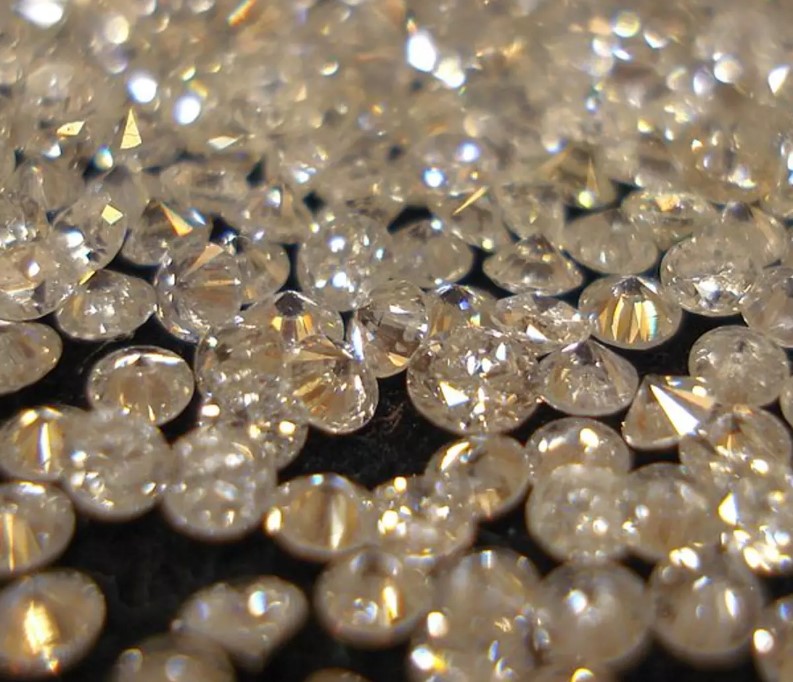
HPHT vs CVD Diamonds: A Comprehensive Comparison
Diamonds have captivated our hearts and minds for centuries, coveted for their exquisite beauty and unparalleled sparkle. While natural diamonds have always been the pinnacle of luxury, technological advancements have given rise to lab-grown diamonds, including HPHT and CVD diamonds. In this article, we will delve deep into the world of HPHT vs CVD diamonds, exploring their differences, similarities, and the key factors that set them apart.
Understanding HPHT and CVD Diamonds
Before we can compare HPHT and CVD diamonds, it’s essential to understand what each term represents.
HPHT Diamonds:
HPHT stands for “High Pressure High Temperature.” This method replicates the conditions deep within the Earth’s mantle where natural diamonds form. It involves subjecting a small diamond seed to high pressure and high temperature, allowing carbon atoms to crystallize around the seed. The result is a diamond that is chemically and structurally identical to a natural diamond.
CVD Diamonds:
CVD, on the other hand, stands for “Chemical Vapor Deposition.” This process involves creating diamonds in a controlled environment by introducing a carbon-rich gas to a diamond seed. The carbon atoms slowly accumulate on the seed, forming a diamond over time. CVD diamonds are also known for their exceptional quality and are virtually indistinguishable from natural diamonds.
The 7 Key Differences: HPHT vs CVD Diamonds
Production Process:
HPHT diamonds are created by subjecting a diamond seed to high pressure and temperature.
CVD diamonds are grown through a chemical vapor deposition process in a controlled environment.
Time:
HPHT diamonds typically form quicker than CVD diamonds, making them more readily available.
Color:
HPHT diamonds often exhibit more color than CVD diamonds, which are usually colorless or near-colorless.
Clarity:
CVD diamonds tend to have fewer inclusions and blemishes compared to HPHT diamonds.
Price:
HPHT diamonds are generally more affordable than CVD diamonds due to their quicker production.
Availability:
CVD diamonds are becoming more prevalent in the market, but HPHT diamonds are still more widely available.
Durability:
Both HPHT and CVD diamonds are extremely durable and share similar physical properties.
The Popularity of Lab Diamonds
In recent years, lab diamonds, including both HPHT and CVD diamonds, have gained immense popularity for several reasons:
Ethical and Environmental Considerations:
Lab diamonds are often considered a more ethical and environmentally friendly choice, as they do not involve mining.
Affordability:
Lab diamonds are usually more budget-friendly, allowing individuals to own stunning pieces of jewelry without breaking the bank.
Customization:
Lab diamonds can be easily customized, allowing customers to choose the exact characteristics they desire in their diamond.
Conclusion
In the HPHT vs CVD diamonds debate, there is no clear winner. Both types of lab diamonds have their unique advantages and are excellent options for those looking for beautiful, ethically sourced, and high-quality gemstones. Your choice will ultimately depend on your preferences, budget, and the specific characteristics you desire in a diamond. Whether you opt for an HPHT or CVD diamond, you can be assured of owning a stunning piece of jewelry that sparkles with brilliance and elegance.
In today’s world, the choice between HPHT and CVD diamonds is just one example of the growing array of options available to consumers. Lab diamonds, with their versatility and eco-friendly appeal, are here to stay, revolutionizing the way we view and enjoy these precious gems.